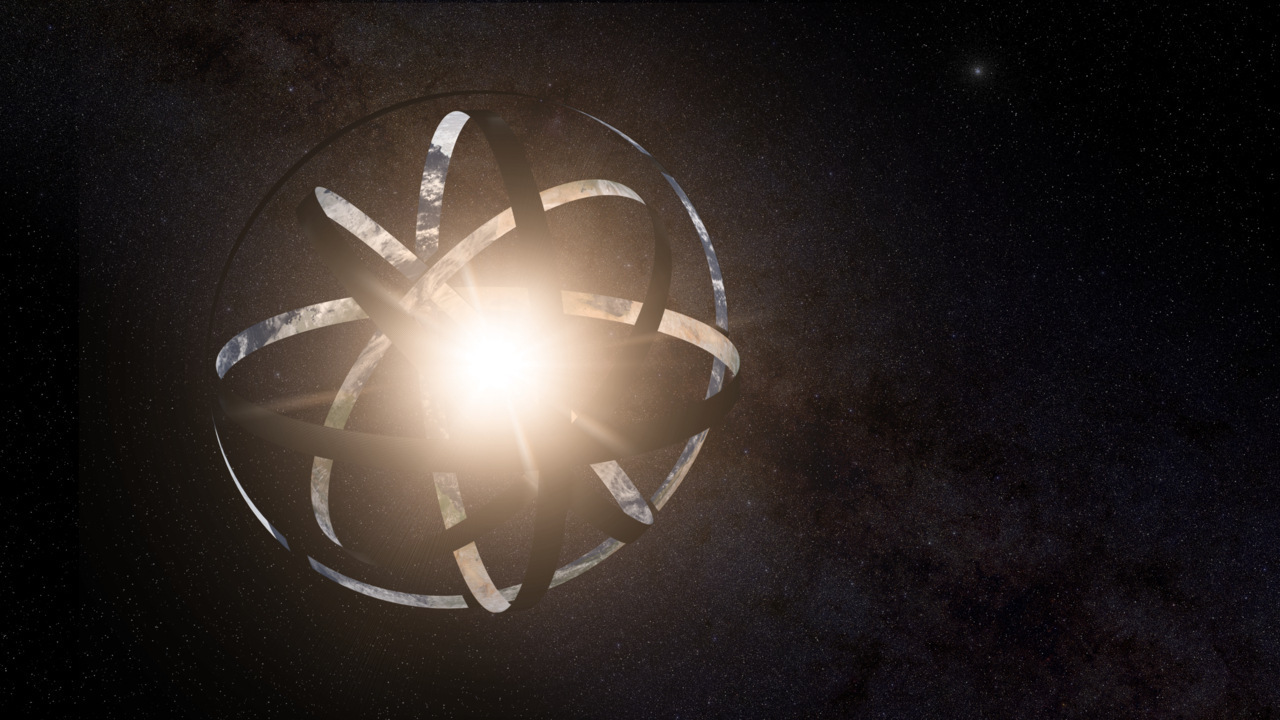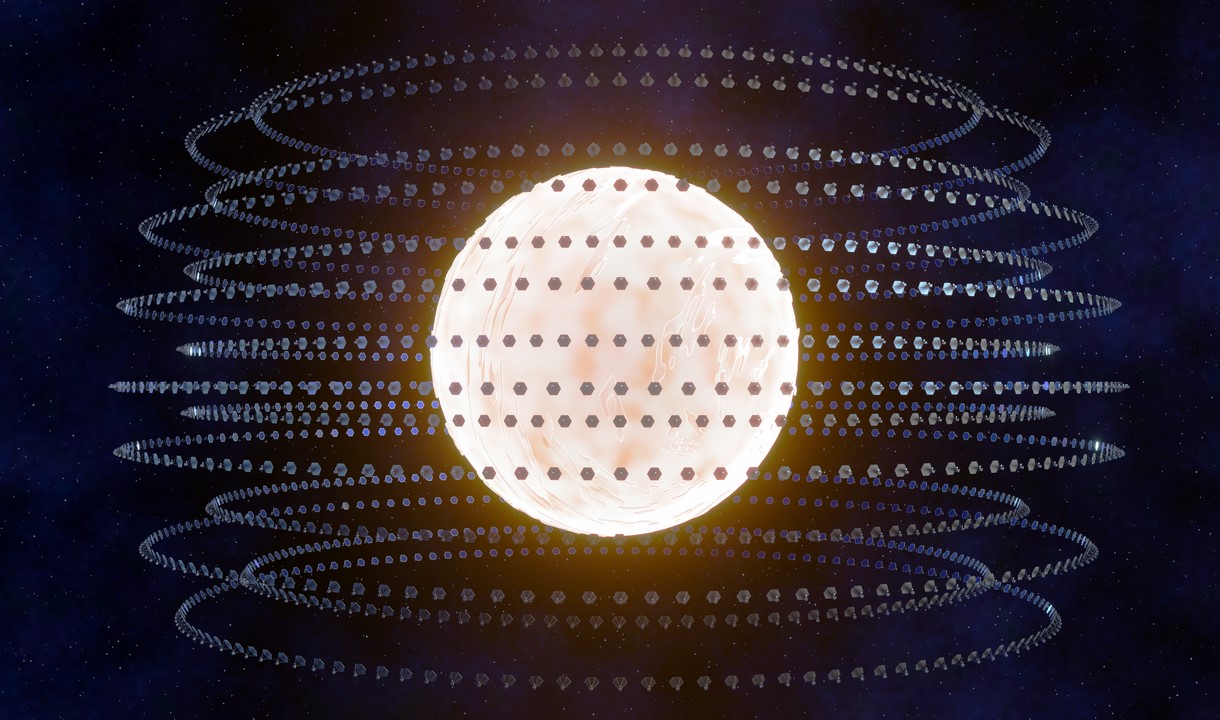One of the easiest ways to find exoplanets is through occultation, or transit, methods. This is when researchers track the brightness of a star, which dims when a planet passes in front of it.
Of course, it's also possible that other objects could pass between us and the star. They could be planets arranged in pairs, various space rocks, or even strange megastructures.
A research team has created a transit simulator that can predict brightness changes of different passing objects and even Dyson swarms under construction.
Can we really distinguish between artificial and natural?
51 Pegasi-b was the first exoplanet to be discovered in 1995, and has led to the development of numerous ground-based and space-based instruments.
The launch of the Kepler space telescope and the Transiting Exoplanet Survey Satellite (TESS) in 2018 popularized the transit method, helping to discover more than 4,000 exoplanets.

Illustration of a Dyson sphere. Wikimedia Commons / Kevin Gill
As instruments became more sensitive and precise, they not only discovered celestial bodies, but also reached the point of examining their detailed properties.
Transient photometry has revealed many interesting phenomena beyond exoplanets and binaries. This technique has been instrumental in identifying the signatures of starspots and the gravitational interaction between stars and exoplanets, leading to a significant growth in the subfield of astroseismology.
The study of transiting exoplanets and how they change over time has led to many discoveries, but it has also seen signs that have fueled interest in searching for technological signatures as evidence of advanced civilisations.
So far, none of them have been confirmed, but such signals would not arise from natural processes and would prove the existence of intelligent life.
These anomalous signals may come from man-made structures such as Dyson spheres (a hypothetical shell surrounding the star to capture energy output) or more recently theoretical Dyson swarms (habitable satellites and energy collectors orbiting the star).

This is what a Dyson sphere might look like. Wikimedia
The research team reports that they have developed a transit simulator that can generate not only the light curves of exoplanets, but also objects of any size and shape.
The simulation uses the Monte Carlo method, which predicts all possible outcomes of an uncertain event. In this case, you can predict the light curve when an object of any shape or size passes through the star's disk.
When the simulation was tested on actual exoplanetary systems such as Trappist-1, the simulation predicted the light curve well. The software can also be used to model tidal distortion of binary star systems, and even predict the light curves of anomalous objects such as alien megastructures.
Simulations have proven to be an invaluable means of understanding a wide range of transit phenomena.
Worth reading:






